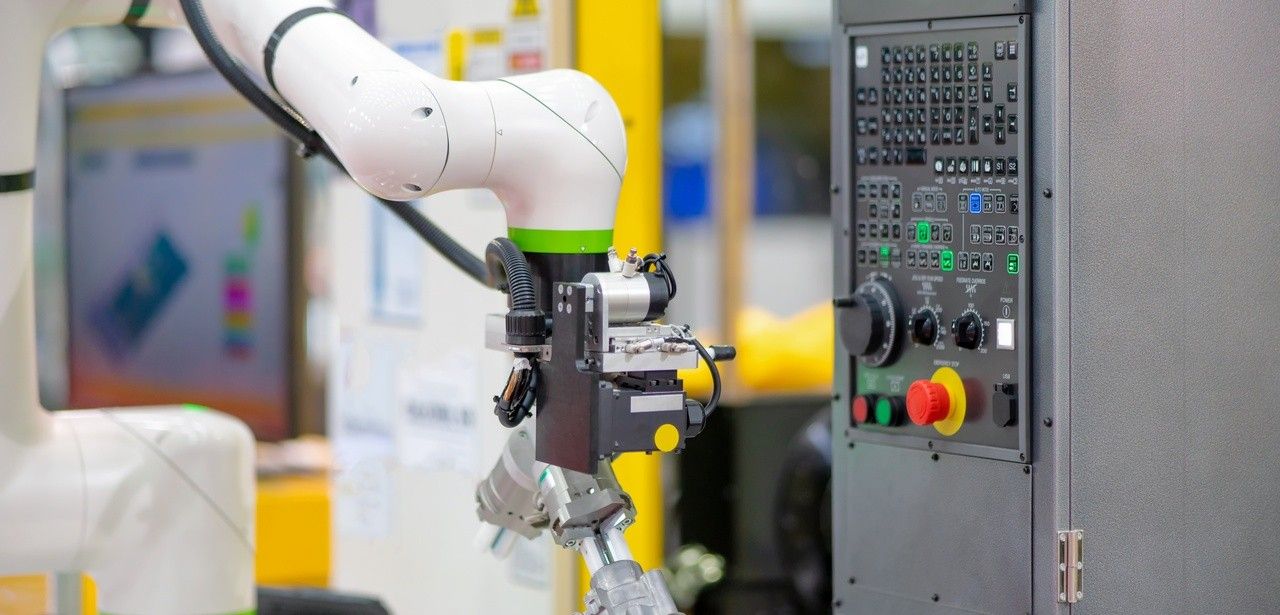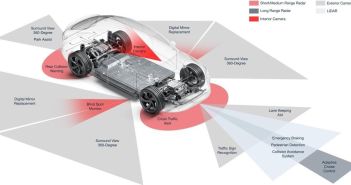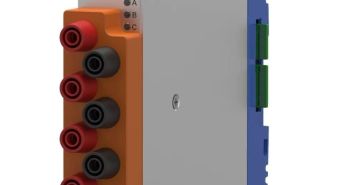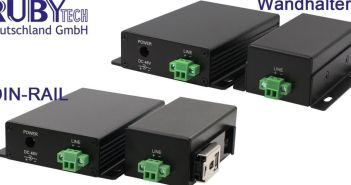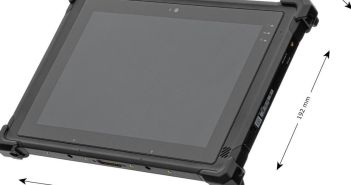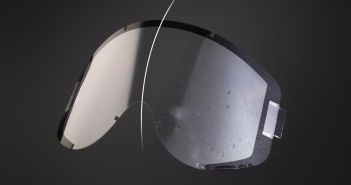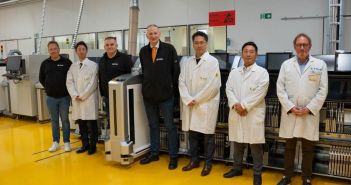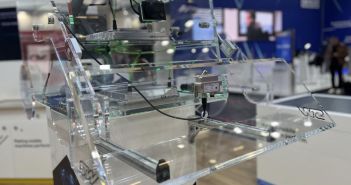The collaboration between SYSGO, NexCOBOT, and Vectioneer, in conjunction with Intel, has resulted in the development of an innovative platform for Cobots. Cobots are collaborative robots that work hand in hand with humans in the industry and therefore must meet the highest requirements for functional safety. The demonstration at Embedded World will showcase the versatility of robots in safety-critical areas and highlight the advantages of this new platform.
Innovative IIoT Robot Solution with Advanced Technologies for Safe and Efficient Operation
The virtual IIoT robot solution showcased at Embedded World incorporates cutting-edge technologies such as real-time obstacle avoidance using laser scanners and intelligent wheel systems for adaptive mobility. These technologies enable Cobots to operate securely and efficiently in industrial IoT environments. The seamless integration of safety and efficiency is a key aspect of this solution, which can be deployed in various industries, including the automotive sector, to securely attach modules such as doors to the chassis.
The MotorCortex-App developed by Vectioneer ensures the safe operation of robots while boasting a short time to market. This powerful app allows for the control of the demonstrator showcased at the Embedded World exhibition. A safety monitoring unit oversees the entire robot system, establishing a virtual safety zone around the robot. If a person enters this zone, the system immediately goes into a standby mode, thereby preventing any potential disruptions. The temporal and spatial separation of applications ensures a consolidated and efficient hardware setup.
The platform is built on NexCOBOT’s SCB 100 platform, which utilizes the Intel Atom x6427FE processor. This multicore system on chip meets the functional safety requirements thanks to the Intel Silicon Integrity Technology and its associated security package. The platform is well-suited for embedded robotics solutions and meets requirements up to SIL 2 according to IEC 61508 and up to Cat. 3 PL d according to ISO 13849.
The platform is built on the reliable and secure software foundation of PikeOS, a hypervisor and real-time operating system. PikeOS has achieved safety certifications such as SIL 4 according to IEC 61508 and EAL 5+ according to Common Criteria, ensuring a high level of functional safety for the Cobots.
Jenny Shern, General Manager at NexCOBOT, emphasizes that the SCB 100 is well suited for secure robot control and motion control systems. With its advanced technology, it provides an efficient solution for cobots and has the potential for further applications in more complex safety systems, such as in the medical or aerospace industry.
Etienne Butery, CEO of SYSGO, expresses enthusiasm for the innovative industrial solution resulting from the collaborative efforts of the partners. This solution effectively demonstrates the versatility and applicability of PikeOS in functional safety and critical environments. The impressive results of this collaboration highlight the potential of PikeOS as a reliable and adaptable platform for ensuring safety in various industries. The positive feedback from the CEO further underscores the significance and impact of this innovative solution in the field of industrial safety.
The collaboration between SYSGO, NexCOBOT, Vectioneer, and Intel has resulted in an innovative platform for Cobots that meets the highest requirements for functional safety. The demonstration at Embedded World showcases the versatility of robots in safety-critical areas and presents advanced technologies such as laser scanners and intelligent wheel systems. The MotorCortex app from Vectioneer enables the safe operation of Cobots. The SCB 100 platform from NexCOBOT, powered by the Intel Atom x6427FE processor, meets stringent security requirements, and the PikeOS hypervisor and real-time operating system provide a secure foundation. This groundbreaking industrial solution opens up a new chapter in robot-human interaction and offers potential for further applications in various industries.


